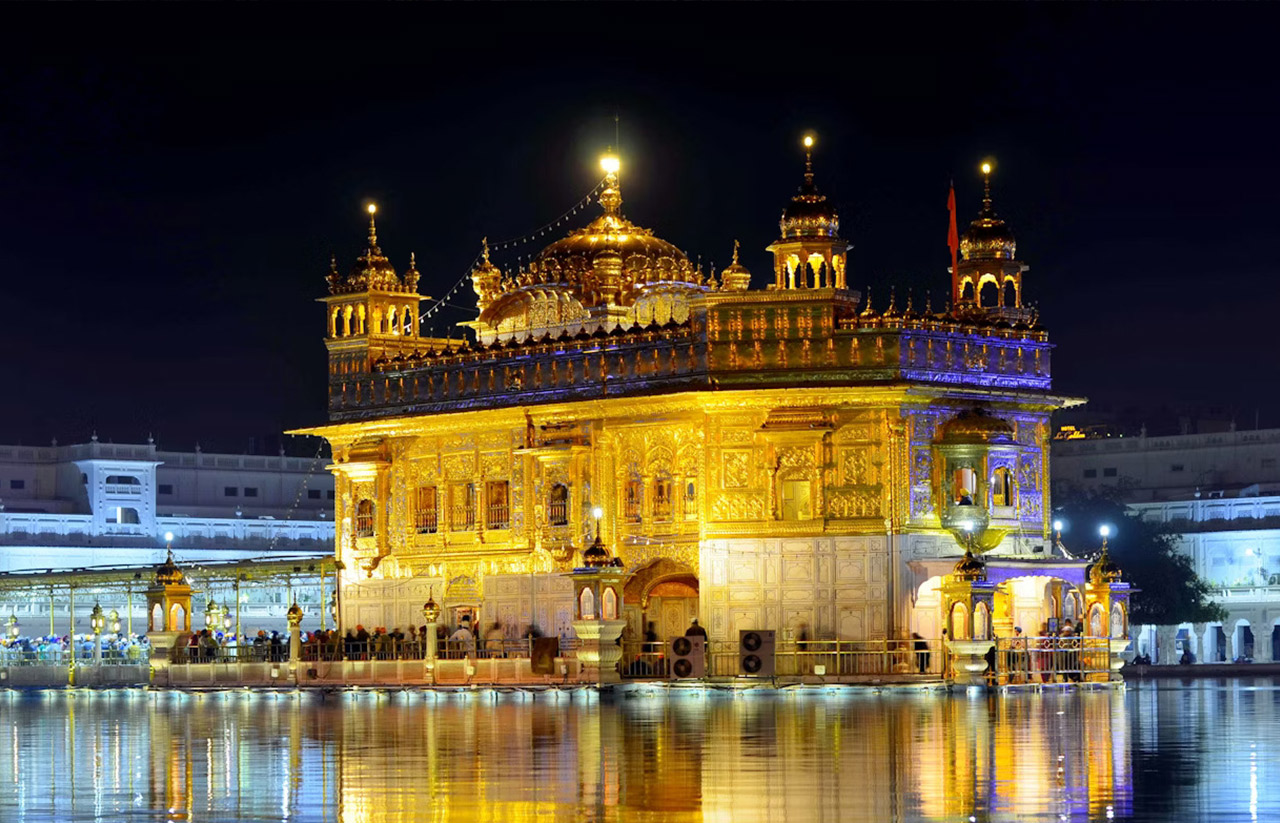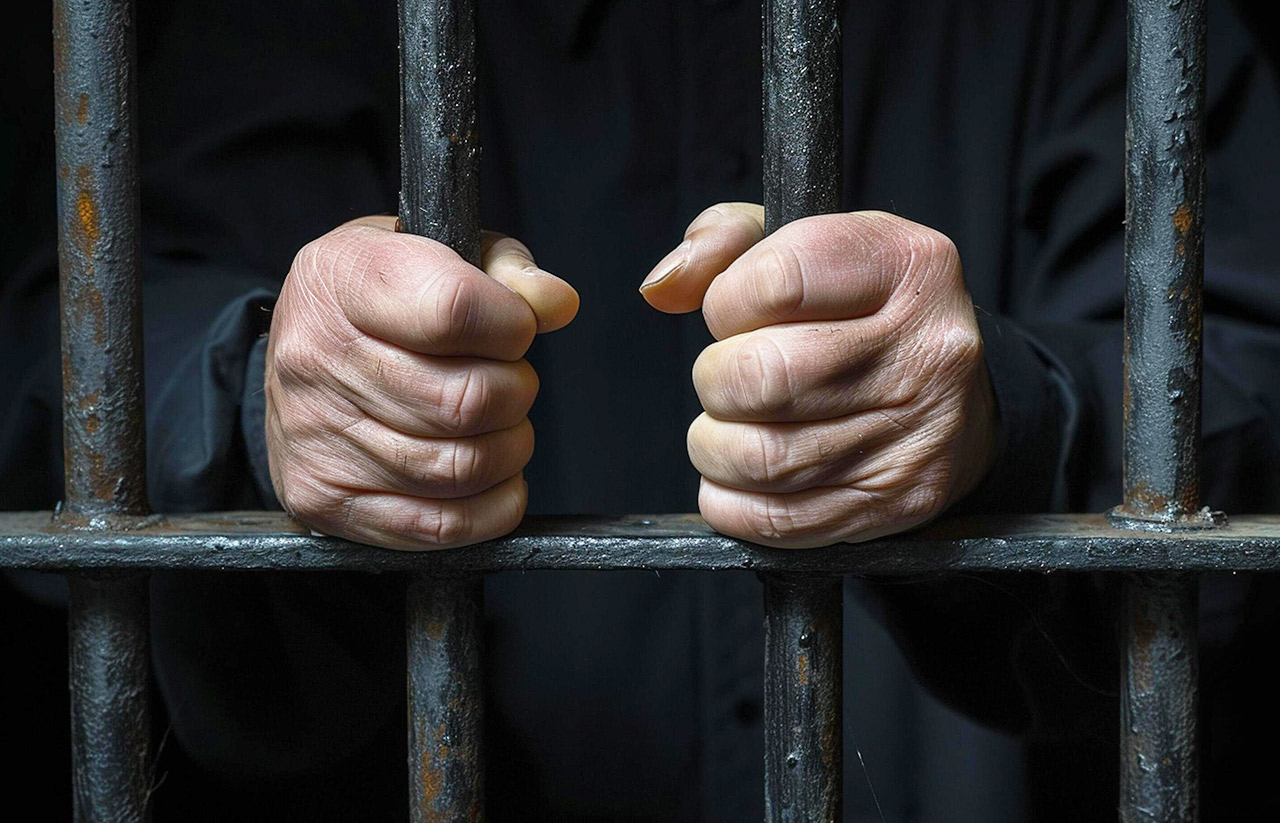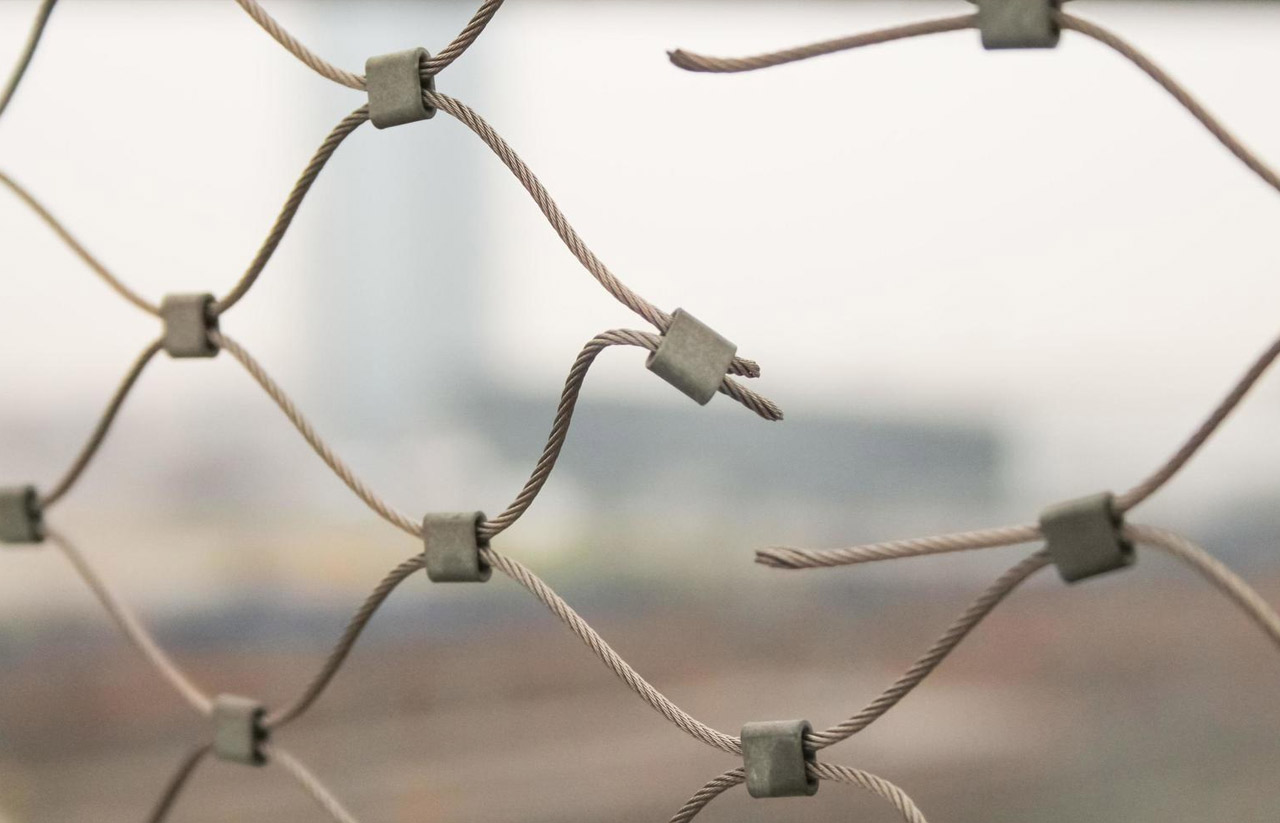From India’s Soldiers to India’s Enemies
The Sikh community in India too has had a complex historical narrative with India. Since the religion’s origination in 1469 in the region of Punjab, Sikhs time and time again have come under persecution and subjection. The Sikh community is marked by narratives of both resilience and tragedy in India. One of the darkest chapters in Sikh history unfolded during Operation Bluestar in 1984. The military operation, aimed at flushing out so-called Sikh militants from the Golden Temple in Amritsar, resulted in a significant loss of life and damage to the holy site. In PM Gandhi’s words, “It is never easy to undertake security action involving a place of worship… but this place, so sacred to the people of the Sikh faith, had been converted by terrorists into a base of operations.” Gandhi wrote this to UK PM Margaret Thatcher just days after the operation that left more than 1,000 people dead when justifying her actions that immediately came to the global eye.
Needless to say the aftermath of the operation profoundly scarred the Sikh community, fostering sentiments of injustice and marginalization among the immediate community and global diaspora- leaving them feeling as if they weren’t respected in a nation that they quite literally laid their lives down for during multiple wars and clashes. The trauma had reached such a point within the community that action was then taken by Sikhs in response to the atrocities committed against their place of worship. Tensions only deepened with her assassination which led to an outcry over multiple events of backlash, now known as the anti-Sikh riots of 1984. Triggering waves of Hindu nationalist mobs that one by one targeted Sikh families, in most cases burning them alive and burning their shops and sources of income and livelihood. These mobs, which were instigated by politicans and law enforcement purposely targeted Sikh neighborhoods and chose communities where there was a concentration of Sikhs to kill the community at mass. This resulted in widespread violence, rapes, and killings, till this date Sikhs worldwide recogonize the victims as the ‘Lost Generation.’ The failure of the government to intervene effectively and protect the Sikh community during this period compounded to more deepened trauma and an immediate sense of betrayal. The failure of the government was not incidental, but rather intentional as they aimed to kill Sikhs at large and rampantly with most of the riots taking place within three days of Gandhi’s assassination. In the aftermath of Operation Bluestar and the anti-Sikh riots, Sikhs in India felt suppressed and abandoned by the Indian government, a government that had completely steered away from maintaining democratic principles and protecting minority communities, instead they were the perpetrators of the violence and the hate that Sikhs faced.
This consequently left an indelible mark on the Sikh community, leading to a profound loss of trust between Sikhs and the Indian state. Many Sikhs felt alienated, and the lack of justice for the victims of the riots deepened wounds even further as they felt as if justice was never delivered, and how could it be? This was all committed by the Indian state. With such factors at play, Sikhs began to look beyond their lack of addressal by the Indian government, and more towards what they could do in their fight for sovereignty and independence from a materialistic government that claimed them, but entirely neglected their rights and livelihood. It is that realization that formed the birth of Khalistan and a rise in Sikh separatism, which we see present today. The perception of state-sponsored discrimination incontestably fueled the idea of Khalistam, but the rise in Sikh separatism stemmed from the desire for sovereignty. While not instantaneous, the Khalistan movement slowly began to gain traction among Sikh activists. The deeper sense of marginalization felt by Indian Sikhs led to more joining the movement and the greater emergence of the separatist movement among Sikhs even among the global diaspora. This began to spotlight attention on India’s superficial promises of unity and a secular fabric.
Later on as the movement gained even more popularity, people began to accredit Sant Jarnail Singh Bhindrawale as the founder of the movement. A controversial figure from his time alive to even after his demise, Bhindrawale was of the mindset that Sikhs must strive for their sovereignty through peaceful means but should be equipped with arms. This idea actually has religious importance, springing from the Sikhs defending themselves back during the Mughal Empire’s rule in India, where they were considered warriors because they were ready to be on the battlefield. Bhindrawal was applauded for this reason as the community felt he recognized the severity of the suppression the community encountered and their history and quandary for sovereignty. The scars of Operation Bluestar and the anti-Sikh riots continue to influence the collective psyche of the Sikh community today not only when it pertains to their community but any community in hurting. Very recently in November of 2021, the Indian government finally took back their stance on the farmer bills which were essentially put into place to eliminate the middleman in India’s farming industry, the farmers of Punjab. The erosion of democracy in India has brought several questions to play, with the proposal of privatizing the farming industry as one of the most current concerns. The Kisaan Morcha (also known as Kisaan Movement and Kisaan Lives Matter initiative) resulted in a win for the farmers, but originally was put in place by the Modi government in the midst of the COVID pandemic to privatize the farming industry permanently. This, if put into place, would have essentially deprived India’s farmers (the concentration of them being settled in Punjab) from making their daily bread and supporting their families. From this movement which lasted for an entirety of twelve plus months, Sikh separatism grew even further. With talks of liberation happening at the large diasporic level for the first time. In fact through engaging the larger global diaspora, Sikhs worldwide began to vouch and champion for territorial sovereignty but beyond territorial means the immediate need for detachment from the Indian government.
Territorial sovereignty, while not the complete purpose of Khalistan, is a stepping stone in what many Sikhs believe would exhilarate the movement’s cause and impulse. This has come about due to the Modi government taking office in 2014, since their arrival the predominantly Sikh state of Punjab has seen immense deterioration and depletion of resources. The state of Punjab (the state where Sikhism was founded and home to the most holiest Sikh shrine, Sri Harminder Sahib or the Golden Temple) has seen depletion of physical resources, care and attention, and monetary income and funding from the Indian state. Due to the multiple issues at hand, Punjab now finds itself at the verge of separation and Sikh ascendancy which leads to the desire for territorial sovereignty.
The fight for Khalistan, separatism, and territorial sovereignty implores us to understand the conversation on secularism. On the front of this so-called democracy, secularism has been utterly ignored by the state and officials that have been elected to uphold democratic principles.
With a drastic downfall in human rights, India’s freedom rankings currently stand at 66/100. In the past decade, the accumulation of actions taken by the Indian government and PM Modi’s government have resulted in widespread hate and division throughout the country, not seen since the 1980’s.
The understanding that so many cultures and religions once used to live in harmony has slowly dispersed from India’s now growing Hindutva ideology. Due to the level of targeting within the country, many Sikh activists from the global Sikh diaspora have tried to raise awareness on the level of suppression taking place within the country. In most recent transpirations following the Kisaan Morcha in 2021, Sikh activists have garnered attention towards the assassination of Canadian Sikh activist, Hardeep Singh Nijjar. Nijjar who was a figure for Sikh liberation and had openly accussed India at the global level of a genocide was murdered in broad daylights outside a Sikh temple. On many levels, the assassination was eye-opening and led to the severance of many relationships for India at the global scale. After it was confirmed that India sent their intelligence into Canada to pin down Nijjar, Canadian Prime Minister Justin Trudeau made remarks claiming that India’s behavior was unacceptable and inappropriate as both countries shared good ties prior to the fallout. Also in recent days, the news of Indian intelligence attempting to pull another secret assassination in the States drew immediate international eyes. It was confirmed by American federal prosecutors that India had accidentally hired a Drug Enforcement Agency (DEA) undercover agent to kill a Sikh American activist in the United States. The Department of Justice in a joint press release statement with the DEA said, “India showed a clear disregard for the rule of law when its government orchestrated the killing of an American activist on U.S. soil.” While not overnight, this attempted murder plot has severed relationship and diplomatic ties between the American and Indian governments as the US has staunchly stood by their commitment to protecting Americans at all costs.
Amidst the several unresolved grievances and the quest for justice, the Sikh community and the Indian state have little to no agreements or understanding- the relationship extremely fractured only furthers the fight for Sikh sovereignty, a sentiment that runs deeply within Sikhs worldwide now. With Hindutva on the rise, it seems as if Hindu nationalism is only to grow even heavier. With a past history of suppression, the ‘Lost Generation,’ Punjab’s downfall at hand, the Kisaan Morcha, and the current aggressions between two leading global powers and India- the Sikh separatism is bound to only expand.
Sources:
- 2022 Report on International Religious Freedom: India
- Freedom in the World: India
- It’s Time India Accept Responsibility for Its 1984 Sikh Genocide
- Authoritarianism and Anti-Muslim Violence: Comparing the Emergency to Today
- “What we are seeing in India is a religious freedom crisis”—Human rights advocates call for end to religious persecution in India following Modi’s visit to US
- What Prompted the Farmer Protests in India?
- Genocide Emergency: India
- Today’s India Has All the Markers of a Failing Democracy. But the Situation Is Not Irreversible.
- India Accidentally Hired a DEA Agent to Kill Sikh American Activist
- We had no choice: Indira Gandhi told Margaret Thatcher on Operation Bluestar
- India: Protests, Attacks Over New Citizenship Law Muslims Face Discriminatory Policies; Protesters Targeted





